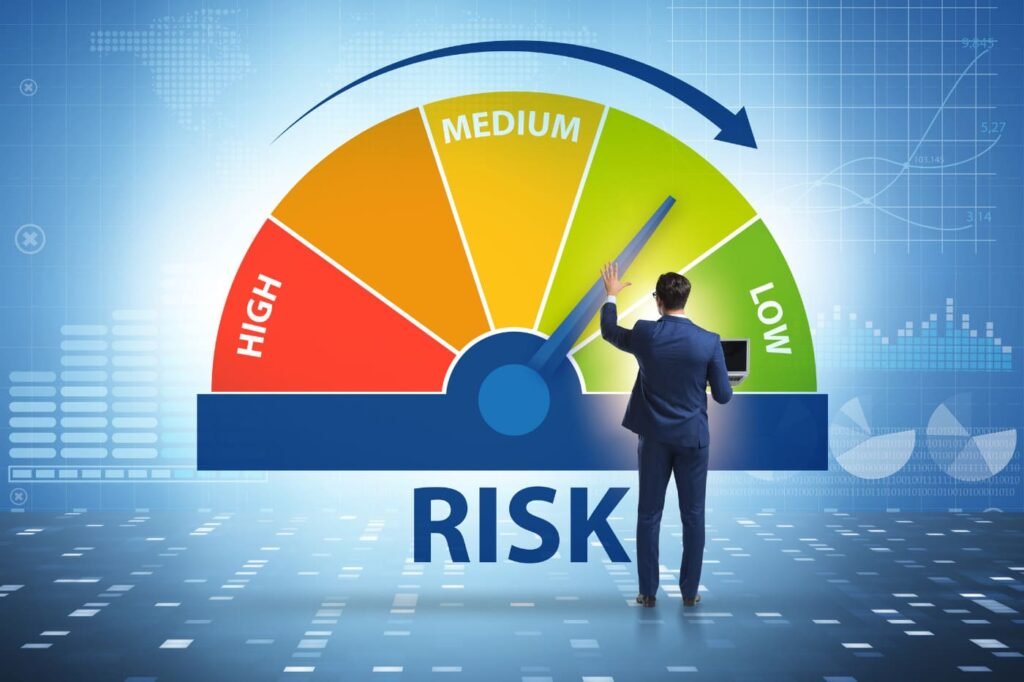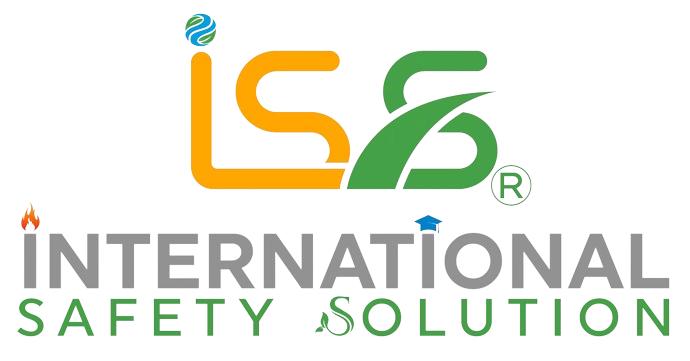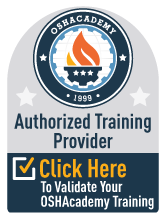Risk control is a fundamental aspect of workplace safety and involves identifying, assessing, and mitigating hazards to protect workers and assets. Organizations that implement effective risk control measures can prevent accidents, reduce costs, and create a safer working environment.
Key Elements of Risk Control
- Hazard Identification
The first step in risk control is identifying potential hazards in the workplace. This includes physical, chemical, biological, ergonomic, and psychological risks. - Risk Assessment
Once hazards are identified, organizations must assess the likelihood and severity of potential incidents. This helps prioritize risks and develop effective mitigation strategies. - Elimination and Substitution
The best way to control a risk is to eliminate the hazard entirely. If elimination is not feasible, substituting hazardous materials or processes with safer alternatives is the next best option. - Engineering Controls
Implementing physical changes to the workplace, such as machine guards, ventilation systems, and automated safety features, can minimize exposure to hazards. - Administrative Controls
These involve developing policies, procedures, and training programs to educate employees on safety practices. Examples include job rotation, safety signage, and scheduled maintenance routines. - Personal Protective Equipment (PPE)
When other control measures are insufficient, providing employees with PPE, such as helmets, gloves, goggles, and respirators, ensures an added layer of protection.

Benefits of Risk Control
- Prevents Workplace Accidents: Proactive risk management reduces the likelihood of injuries and fatalities.
- Enhances Productivity: A safe work environment boosts employee morale and efficiency.
- Reduces Costs: Fewer accidents lead to lower medical expenses, compensation claims, and legal liabilities.
- Ensures Compliance: Meeting legal and regulatory requirements helps avoid penalties and reputational damage.
Conclusion
Risk control is an ongoing process that requires commitment from both employers and employees. By integrating safety measures into daily operations, organizations can foster a culture of safety, ensuring a secure and productive work environment for all.




